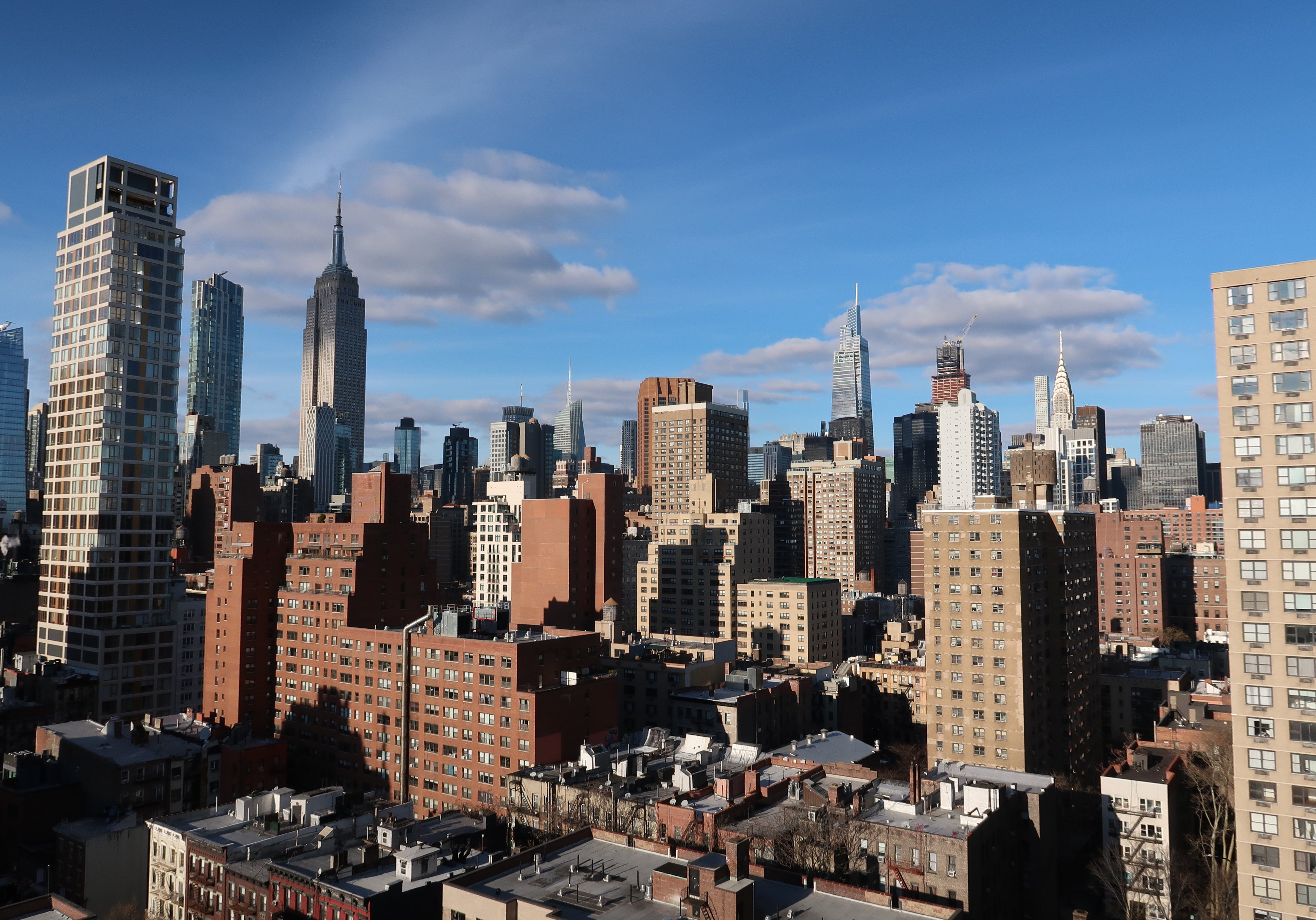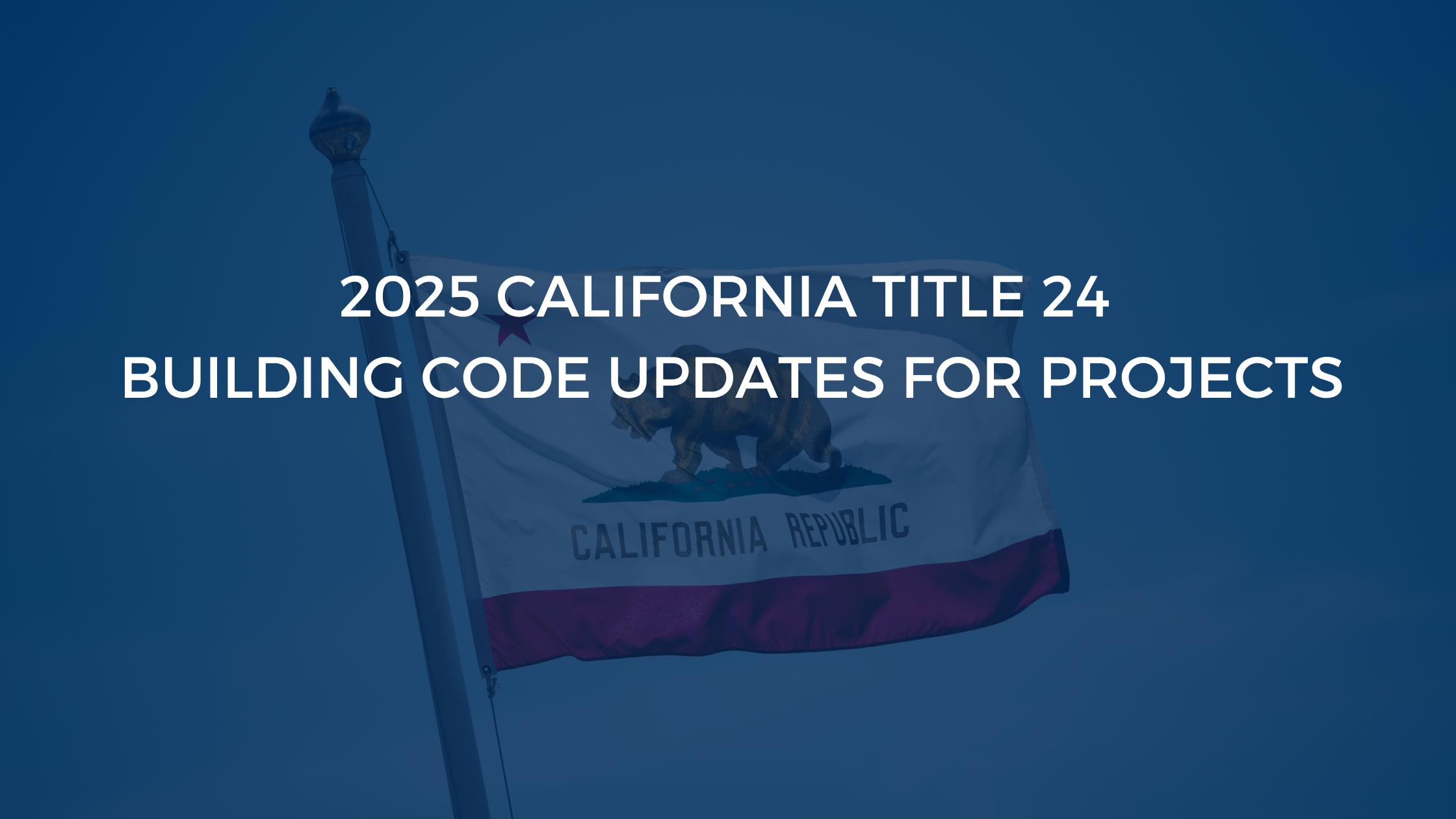New York City has released a new report detailing the 3 years of progress under Mayor De Blasio's Housing New York Plan. In the past year, NYC built or preserved 21,963 affordable housing units, the most since 1989.
New York City Department of Housing Preservation and Development (HPD) Commissioner Vicki Been and New York City Housing Development Corporation (HDC) President Eric Enderlin recently announced the release of Housing New York: Three Years of Progress. The report describes the strides that have been made regarding the Mayor's housing plan—Been summarized the inroads as such:
“Three years in, we are seeing the comprehensive set of policies and programs we’ve implemented take hold and deliver real results. The progress we’ve achieved to date reflects the unprecedented collaboration of multiple City agencies, our State and Federal counterparts, and our terrific partners in the affordable housing community. As we look to the future and brace for potential obstacles ahead, I’m confident that the foundation we’ve built together over the past three years will allow the city to continue to make enormous progress in ensuring a more equitable city, one affordable home at a time.”
New York City's housing crisis has been just that—a crisis—for quite some time, but these new programs are allowing administration to leverage City investment in order to provide affordable housing opportunities where they are needed, and to a wider range of residents. HDC has been working tirelessly towards building more affordable housing for current residents and for generations to come, per Mayor de Blasio’s vision. Real Estate Rama reported the following staggering numbers on the City's already-surpassed targets for creation of "deeply affordable" housing: “with 17,246 units serving the lowest-income New Yorkers, those making less than $31,750 for an individual or $40,800 for a family of three. 8,877 of those units serve New Yorkers making less than $19,050, or $24,500 for a family of three.”
More is also being done for New York residents with special needs, seniors, those with disabilities, and the formerly homeless. The Mandatory Inclusionary Housing program, for instance, is the strongest program of its kind in the nation, and ensures that permanently affordable apartments are included in new development in areas zoned for growth. Zoning for Quality and Affordability is also working towards making housing more affordable, with the addition of better buildings and neighborhoods for residents. NYCEDC President Maria Torres-Springer explained, “Under Mayor de Blasio’s bold leadership, Housing New York successfully created record-breaking affordable housing opportunities for thousands of underserved New Yorkers.”
Fostering livable conditions in diverse neighborhoods helps shape the City to what we know it can be—but this requires strong partnerships with those committees aforementioned, among others, as well as the implementation of groundbreaking initiatives. The kind of development Mayor de Blasio wants, and the City needs, simply cannot be realized without the explicit preservation of quality, reasonably priced housing, as well as the promotion of accessible housing for the homeless and seniors, and expanded access to affordable housing for people with disabilities.
For more information on the housing plan and the Three Years of Progress report, visit The Housing Preservation and Development’s website.
To learn more about NYC's zoning regulations surrounding affordable housing, check out the Milrose Guide to NYC's New Mandatory Inclusionary Housing Policy.



-3.png)


